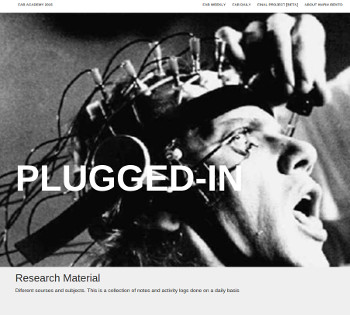Applications and Implications
15th Worldwide gathering for Fabacademy 2015 feat. prof. Neil Gershenfeld
13 May
29 days to Final project
Class Guide-lines
Product Application / Ideas Implication
For this week the red-line was reached regarding swapping projects and big change of Ideas. After class we realize even more clearly that time is ticking louder and that next steps have to be defined carefully in order to achieve optimal results so that our projects Idea can reach it's public in great shape.
After going across a list of successful and inspiring final products from previous Fab Academy years and former M.I.T. students we were presented the following key questions as guidelines:
- what will it do?[+]
- who's done what beforehand?[+]
- what materials and components will be required?[+]
- where will they come from?[+]
- how much will it cost?[+]
- what parts and systems will be made?[+]
- what processes will be used?[+]
- what tasks need to be completed?[+]
- what questions need to be answered?[+]
- what is the schedule?[+]
- how will it be evaluated?[+]
Week's work
Along the way since the beginning of Fab Academy I tried to have most of these questions present and, week by week, understand how could they be better answered. Soon, as assignments arrived, I began to realize my final project idea was a bigger achievement then I thought at first and just building this kind of product would be very hard regarding my basic knowledge of electronics.
Nevertheless, It doesn't seam reason enough to drop it and move to something easier since it would be a meaningful product for a broad audience and something that would make me proud to accomplish.
For that reason I kept regularly a kind of blog page that you can access in one of the tabs above entitled FABDAILY where you can check where did my researches led me.
The same I tried to do for a page exclusively dedicated to the final project, called Final Project [BETA] that, in a simpler filtered fashion, would define it's physical structure, the purpose of it's intelligence and explain its applicability.
To backup what I have just stated I invite you to check both links now or later so you can have a visual of what I will develop and then fully grasp the content on this project planning review page here where I answer one one by one to each of the these guideline questions:
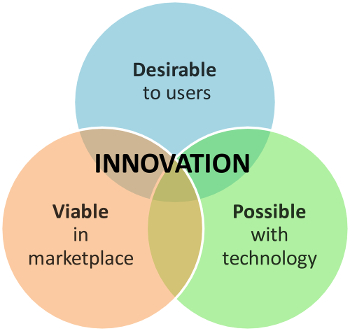
project dynamics
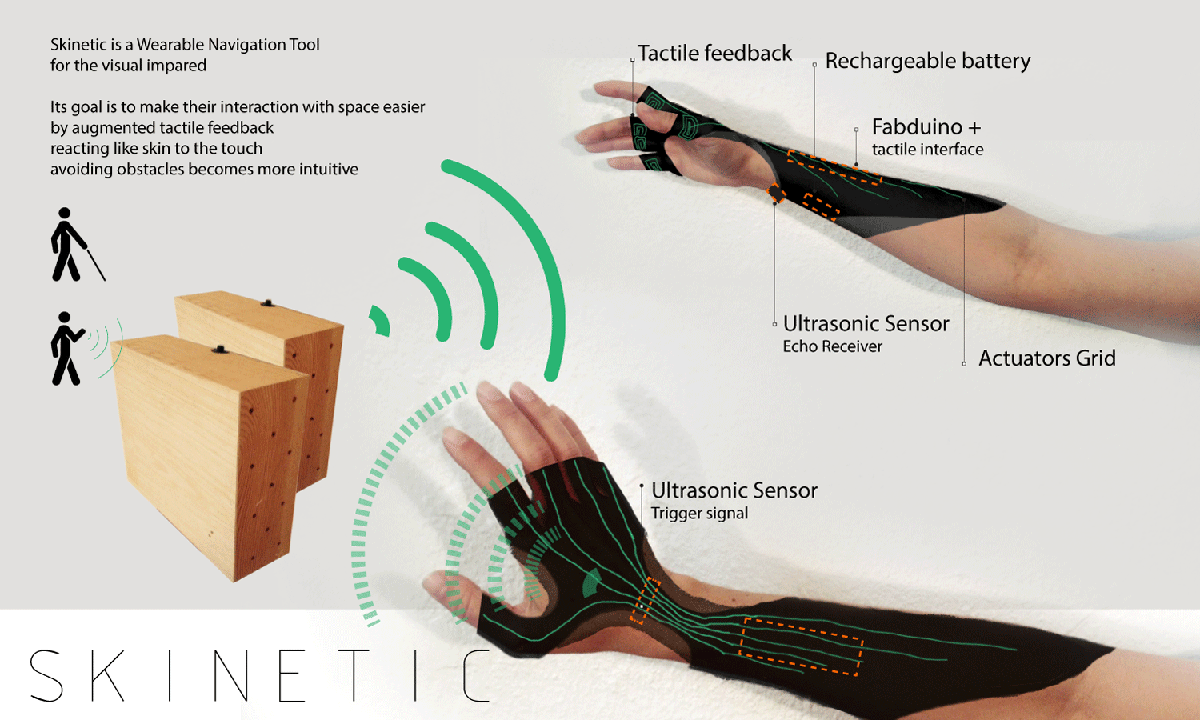
WHAT WILL IT DO?
The main goal is to create a wearable device, specially targeting the visual impaired people, that uses the physical surrounding space as an input and performs as a second skin, creating augmented tactile or audio feedback in order to enable the user to freely navigate indoors or outdoors without having to rely on the help of others, mobility tools like a white cane or audio guides all of which can be very invasive regarding ones personal space or physical freedom and ultimately can lead to isolation and social discrimination
Trying to improve freedom in space navigation this wearable could also be used as an extension of any users mobile device specially for GPS navigation enabling mobility without depending on constant mobile device screen visualization what is clearly becoming an epidemic and destroying social natural interaction bit by bit.
For a more descriptive analysis of it's functions and possible applicability please go to my Final Project page.
WHO'S DONE THAT BEFOREHAND?
A lot of projects already have been exploring this kind of wearable technology, many in the field of music using it as a control device for musical manipulation, others as a more intuitive extension or mediator for user interface systems. As a control tool that interacts with other daily use hardwares, others developing projects closer to what I am aiming for in space navigation and recognition through sonar sensors. There's even projects intertwining this kind of tech with virtual reality and gaming world and others use it in the field Art as a performance extension or an installation input/output.
In order to best answer this question I began gathering information organizing it in the shape of a blog page one which you can check following this link or the upper tab for FABDAILY and searching for the posts under "Final Project" title.
WHAT PARTS AND SYSTEMS WILL BE MADE?
This device will ideally be divided in two wearable parts:
- Arm and Hand piece. This will be the first main goal and task to be completed. Like a long glove would perform as second layer skin receiving inputs from a sonar translating them trough distributed actuators in friction or vibration mode enabling the user to identify an object or surface engaging or avoiding it. This part would have two main functions:
- input/output device that would have a sonar located in the inner part of the wrist reading the surrounding environment closest to the user and outputting tactile feedback via actuators located in the fingers back and forearm
- output from sonars located in second piece at a higher point of the body and therefore used mainly for navigating outdoors, safer to use when wanting be aware of stairs with a safe distance timing.
- Shoulder piece or short vest. Would be produced in a second stage of development if first piece is performing as expected.
In this piece the sonar/ars could be mounted at higher point of the users body enabling the scan of the surrounding space to be done in a more accurate manner. Since it would be able to capture obstacles at torso level would not rely only on readings from a one sonar mounted on a back of a hand, that would simplify the understanding of space while walking and would not result as so confusing for the user since a hand is a constantly moving limb that rotates in several axis and independently from ones torso position while walking.
- This part would mainly work as a stable structure for mounting input sonars at a higher level for identifying tall obstacles or stairs.
- This part might also be an output for echolocation if a piezo buzzer is added, enabling the user to use is speech faculties without interruption for Clicking.
WHAT PROCESSES WILL BE USED?
HARDWARE DESIGN & PRODUCTION
- computer-aided design
- for the wearable structure piece design
- for the PCB design
- for the package box design
- for the instruction Braille booklet and editorial editing
- computer-controlled cutting
- laser-cutting for the gloves fabric base
- package box
- 3D scanning and printing
- for 3D customized digital cast for best fitting to the users limbs
- molding and casting
- eventually preferred to laser-cutting for the arm hardware-piece. TESTING
- encapsulating electronics might be needed for users comfort and safety
- composites
- eventually preferred to laser-cutting for the arm hardware-piece. TESTING
ELECTRONICS & PROGRAMMING
- electronics design | electronics production | embedded programming | input devices | output devices | networking and communications
- All electronic circuits and programming will be produced and performed at the Lab using parts from the inventory.
NOT CONTEMPLATED
- interface and application programming (in future versions might be integrated in the projects features
- mechanical design, machine design (2 weeks to come)
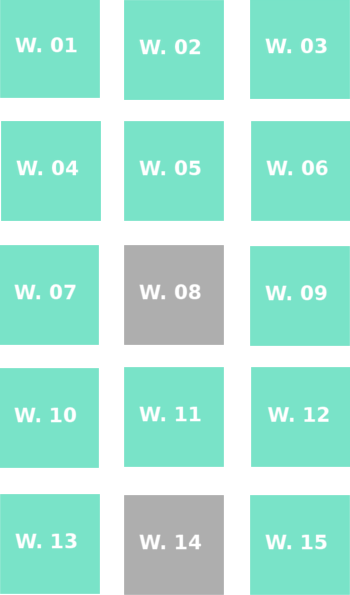
in color the weeks from which processes will be used
in grey the ones that probably are not going to be included
WHAT MATERIALS AND COMPONENTS WILL BE REQUIRED?
Soft tech + hard tech
- Fabduino
- Ultrasonic Range Finder (x2)
- Piezo Buzzer
- Vibrating motors (to be defined)
- IR sensor?
- Battery and Battery case
- FTDI cable for programing
- Wire, soldering materials. Rainbow ribbon cable for the fingertip sensors
- Fabric, Sewing Materials

Some components for first prototype
WHAT IS THE SCHEDULE?
Officially starting on the 18th of May ending on the 8 of June, this project, for the Fab Academy time-frame, will most probably be just the first of many prototypes

WHAT TASKS NEED TO BE COMPLETED?
- 3D scan of the body parts
- Electronics design and production and programming TESTING
- sensor adjustments between input environment and output intensities TESTING
- Structure design and production
- Meeting between hardware and soft-ware TESTING
- design container sense-able-box
- design instructions kit - Braille writing
- Plan an App for interaction
first prototype distance test
WHAT QUESTIONS NEED TO BE ANSWERED?
- how to rapidly have a 3D scanned replica of ones limbs specially tiny parts like fingers
- how to program accurately time and distance
- where to best orient and mount the sonar sensors and piezo buzzers for optimized perception
- aesthetically, function and cost wise what are the best options in materials (mainly taking into account touch and sound properties for comfort of the user)
- how many sonars are needed for best understanding of the surrounding space
- will this time frame be enough to at least build a first prototype of this idea?
This relation between time, space, touch and sound is something that I want to pursue as a personal research so whatever might be the final result of this exercise will be the beginning of a pleasant ride into the multi-sensorial space experiencing.
HOW WILL IT BE EVALUATED?
On the creation of any new product a lot of factors and constrains have to be considered in order to evaluate it's overall impact at a consumers level and at a producers level.
Taking that into account I imagine that this product I am creating would be best evaluated if the following factors where taken into consideration:
- Degree of innovation - Is the product new in itself or does it supplement an existing product with a new, desirable quality?
- Customizable to perfectly fit the users body, this product tries to differentiate itself from other previous in the way it could also be worn under under regular garments.
- Introducing with its haptic feedback a broader engagement and understanding of the surrounding space.By mimicking the human skin response in the same way we can picture a certain surface by mere direct touch only it would reproduce that sensation in a amplified manner so the user could react in advance to a certain obstacle.
- The discrete way its physical parts would adapt to our body like flexible and smooth as second skin makes it more desirable then others and make it a cool reactable wearable that any user could hack for other applications.

- Functionality Does the product fulfil basic requirements of safety and is it's function self explanatory? Does it require a certain skill to use it or is it suitable for absolute beginners?
- all materials used will be contact skin proof.
- All electronics will be enclosed and all batteries will have their own safe cap
- This product is fit to any age and at beginner level some adaptation period should be considered, so that the visual cortex can adapt and rewire itself to new stimuli
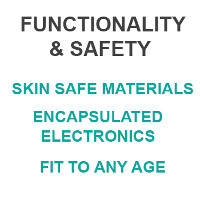
- Formal quality How logical is the constructive structure and the congruity of the formal composition? How is the form related to the function?
- The constructive structure will follow the anatomy of each part of the body that will have to fit. So most definitely will start from a customizable pattern based on a matrix so that the actuators can be well distributed and sensors can be properly placed
- it's structure will also depend on the electronic parts and how they need to be interconnected and if wired connection is needed attention needs to be added on rotation axis
- the structure should be made either attached to a fabric or should be itself a flexible material like a silicone or a flexible 3D printed material.
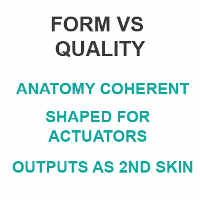
- Ergonomics Is the product adapted appropriately to the physical and, if necessary, psychic conditions of the user?
- Starting from the body's anatomy and adapting this second skin will set this product ergonomic level very high make it certainly extremely comfortable for the user.
- this product's final mission is indeed bring a better state of confidence to a visual handicapped person enabling them to behave more assertive while in motion improving their daily tasks and emotional state one step at a time.
- Even if the user is able to use vision this wearable can help people on the move that don't want to be depending on a artificial personal assistants voice or on a constant screen visualization for GPS navigation
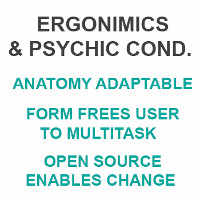
- Durability Have the product's material, formal, and non-material value been designed for a long life-span?
- The durability of this product is directly connected with the durability of the material itself and its autonomy with the capacity of the battery placed
- Its due date would depend also on the amount of friction against skin or garments and exterior agents such as excessive heat, strong chemicals etc...
- Also it would depend if the user physical characteristics would change for instance if it is a child might need update during drastic body changes
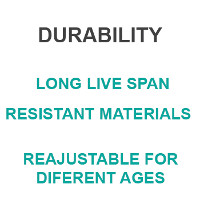
- Symbolic and emotional content
What does the product offer the user beyond its immediate practical purpose in terms of sensual quality, possibilities of a playful use or emotional attachment?
- being able to personalize and enjoy fully the freedom that this might bring will definitely have effects on the users emotional realm as the sensation and interaction promoted by the surrounding space will be amplified and more diverse and personal in opposition to somebody's verbal description or directions.
- it will positively affect the users self confidence as an individual and in interaction with others
- Play might be indirectly associated with it depending on each ones creativity and capability to adapt its abilities to other functions
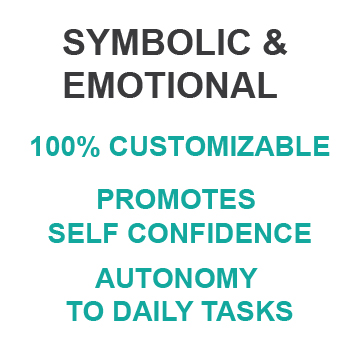
- Product periphery How is the product as part of a system integrated into the system environment? How have packaging and disposal issues been solved?
- If the production of the hand piece goes accordingly to plan I would make this this final product by the networking wireless of two wearables one to be used as a vest and other as a hand piece. they will be an extension of each other in the way one would read inputs and the other would translate them into outputs
- regarding packaging if the time frame allows me to get there I would like to design a container box/envelope, design the instructions kit/braille writing
- would ideally build a app for interaction with this device, probably related to mapping.
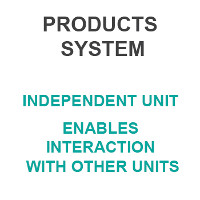
- Self-explanatory quality What does the product convey about its purpose and use without knowing the manual? How distinct are product semantics and product graphics?
- after training this devise should have a simple way of turning on/off when needed and control the intensity of vibration vs distance
- Its use won't rely on any graphical information since is made for the blind. All parts and its functions should translate onto a simple tactile interface simple and intuitive. Nonetheless some iconography might be added for the visual users.
- the manual should nevertheless exist in regular writing and Braille for visual and non-visual users
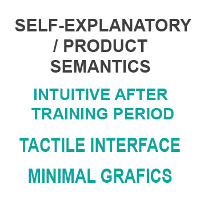
- Ecological compatibility Are materials, material costs, manufacturing technology and energy consumption in an appropriate proportion to the product utility? To what extent have disposal problems and recycling issues been considered?
- structure wise my goal is to use eco-friendly materials if possible recyclables.
- the electronics in it might be considered to be done in soft copper that later can be detachable from structure and recycled independently
- energy consumption is a problem that needs to be engaged since is needs to be a wireless gadget and needs to have autonomy for a few hours while the user is away from any power recharging source.

SET BACKS AND PROJECTS CONSTRAINS
Low current knowledge on programming electronics is my biggest weakness - help from fellow colleges will be highly appreciated - contact me if you liked the projects idea.

